Sustainability
Sustainability sits at the core of everything we do at McLaren. This is reflected in our bold Net Zero commitments. Our Scope 1 and 2 Net Zero commitments for 2025 will see all McLaren sites using alternative fuels, deploying energy-saving initiatives and utilising renewable energy tariffs across all our operations.
Scope 3 compliance by 2045 will be delivered through three phases:
Establish embodied carbon baselines for all sectors
Establish Big Eight innovation and reduction strategy (steel, concrete, foundations, earthwork, facades, pods, drylining, MEP)
SME inset support (support smaller subcontractors with carbon reduction training and technology adoption)
By 2030, we aim to integrate the available sustainability technologies to overcome current limitations and drive sustainable construction forward, through strong partnerships with our supply chain, and the adoption of new solutions that support our sustainability goals.
We plan to continuously push the technology barrier even further, embracing cutting-edge solutions to drive the industry towards more efficient, low-carbon practices able to address and close the sustainability knowledge gaps in the industry.
Throughout the entire build process, we promote innovative design, procurement, and construction methods to minimise waste and reduce embodied carbon as a standard across all of our projects.
Our project teams are required to review design, sequencing, and sourcing to reduce whole life costs and embodied/in-use carbon, ensuring the delivery of 'better, greener' buildings in line with Construction Playbook requirements.
As a business, we are fully committed to driving a culture of change throughout the built environment and across the industry, playing our part in shaping a more sustainable future.
We are UKGBC and Supply Chain Sustainability School members, involved in thought leadership within the industry, with access to best practice knowledge on how to improve our environmental and sustainability performance.
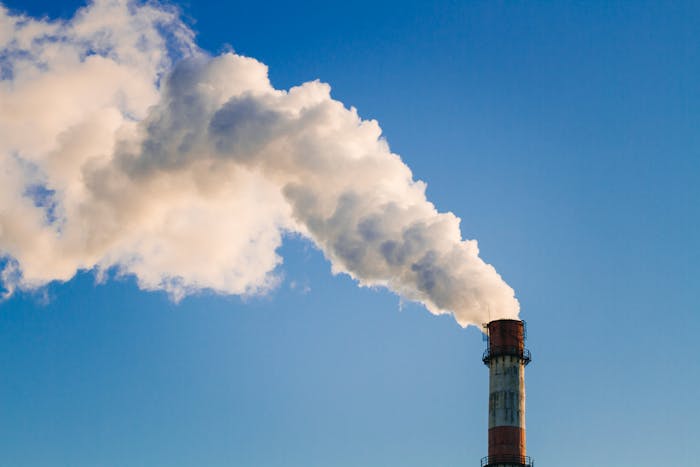
We are committed to promoting innovative design, procurement and construction methods to minimise material use and reduce the embodied carbon of our construction projects. This is incorporated by our bold Net Zero commitments strategically planned firstly in 2025 and then fully in 2045 and beyond.
Underpinning this work, we are creating embodied carbon baselines for our different sectors; in residential, commercial, hotels and industrial and logistics. As part of this McLaren’s project teams are required to review design, sequencing, material specification and sourcing to reduce whole life cost and embodied/in-use carbon, to deliver ‘better, greener’ buildings in line with Construction Playbook requirements.
As part of our governance and to verify these reductions our Planet Mark certification underpins our policy. Reviewed annually, it focuses on continuous improvement including an annual carbon reduction commitment over the next five years through our target reductions programmes.

Moving away from diesel and utilising the alternative fuels which are available is one of our key focus areas to reduce our scope 1 carbon footprint.
HVO is a sustainable alternative to diesel , cutting our carbon emissions by up to 90%. It is used as a drop-in replacement for white diesel across our fleet vehicles, machinery, generators and site plant. See below where were have a case study at our WMAS project where we have fully utilised the opportunities of HVO fuel.
Where practically feasible we look at the other alternatives to diesel like hydrogen and more commonly the electrification of plant. Electric forklifts and small excavators are becoming common place on McLaren projects.
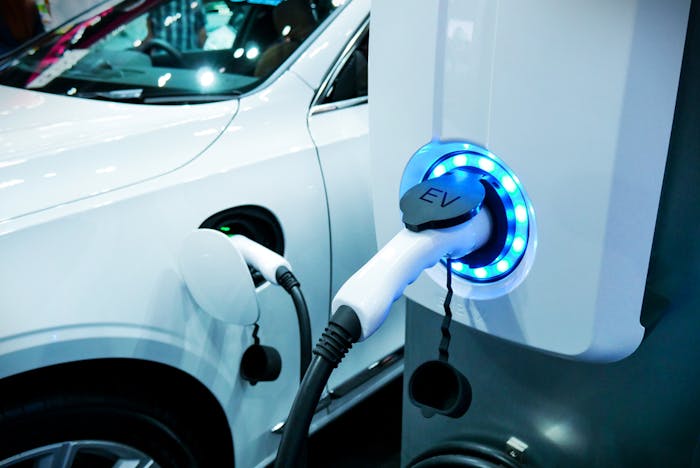
Across the business, McLaren is adopting electric vehicles on site and at Group level. We recently partnered with Octopus energy to launch an all-electric company car scheme for employees which will lower our carbon footprint in the coming years. We will also offer comprehensive pre-construction environmental analysis for all major projects, to identify opportunities for waste reduction, fewer vehicle movements and lower embodied carbon construction with the use of electric vehicles, plant and tools.
Building the right way - Our areas of commitment
Minimising resource consumption
Building a sustainable future means a relentless commitment to construction innovation. Our business is committed to the circular economy;
- we source materials strategically
- reduce embodied carbon across our operations
- design out waste
- divert waste that does occur away from landfill
Promoting environmentally responsible design and operations
Our customers are tackling some of the greatest environmental challenges, delivering sustainable buildings and resilient infrastructure in the face of climate change, and working to decrease their environmental footprint and create greater digital connectivity for all.
McLaren’s construction methods and solutions respond to these goals and support our customer’s targets of net zero carbon.
Driving a culture of change throughout the built environment
Creating a sustainability culture means constantly exceeding expectations and providing excellent training.
McLaren fosters competitiveness within this area, collaborating with ambitious clients to drive a positive shift through the lifecycle of each project.
Leading change
The key points of our environmental and sustainability focus include:-
- Reducing the carbon footprint of every project using initiatives like BREEAM, LEED and House Quality Mark
- RICS Whole Life carbon assessment – stages A1-A3 product stage utilising our package design and carbon assessment tracker; stage A4-A5 reducing overall resource use on-site by utilising our forecast tracker in conjunction with Smart Waste; stage B1-B7 in use stage, comparing design team led SBEM and thermal calculations against the performance of buildings with a similar value; sector and construction type against our back catalogue of projects
- Reducing waste generated (material and process)
- Promoting environmental awareness through our culture
- Embedding environmental analysis throughout the design and construction process to make sustainability not just core but viable and practical
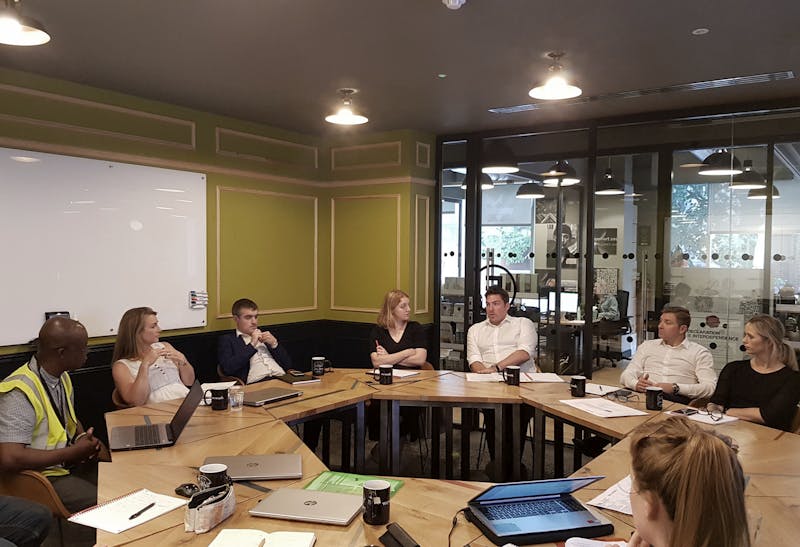
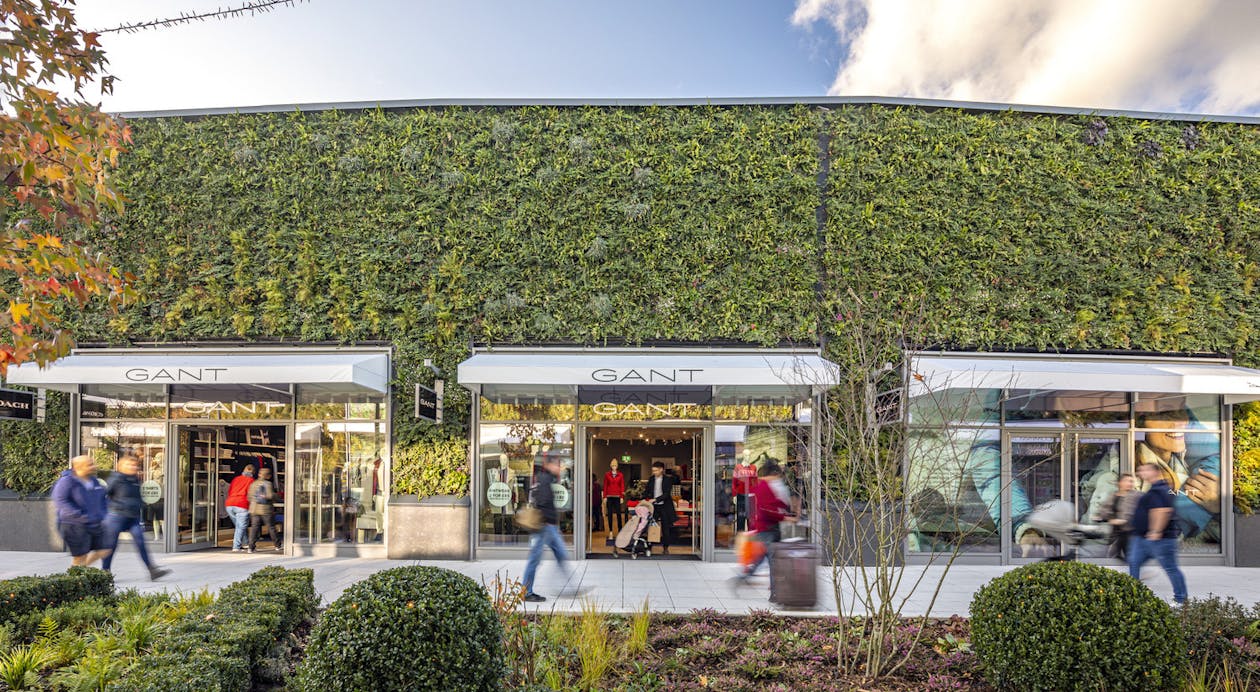
Sustainable construction in action
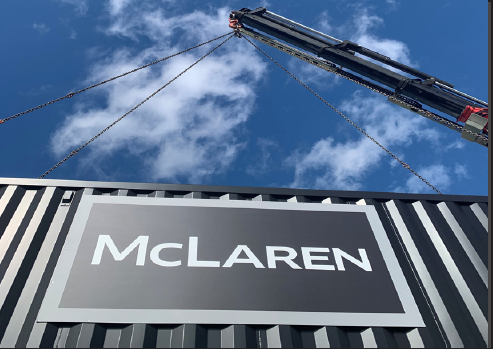
Solar powered cabins at Wembley Park
Looking for sustainable alternatives to reduce our environmental footprint whilst continuing to deliver first-class projects, has always been a top priority for McLaren.
Our latest Wembley Park site known as Repton Gardens, has been equipped with a Solar Power Station (SPS) by Sunstone. This solar powered tool is a UK manufactured, environmentally friendly multipurpose generator that powers our site offices and welfare facilities.
By employing energy efficient technologies, Repton Gardens is forecast to reduce our CO2 emissions by 635.7 kg in comparison to a diesel generator, within the first year of use.

Replacing red diesel in the West Midlands (WMAS)
Our West Midlands Ambulance station project, in Oldbury, have already used 35,000 litres of HVO as a replacement for diesel, saving close to 100 tonnes of carbon
This renewable energy source is made from waste vegetable oil, significantly reducing harmful emissions: 90% less Carbon Dioxide, 30% less Nitrogen Oxides and 86% less Particulate Matter.
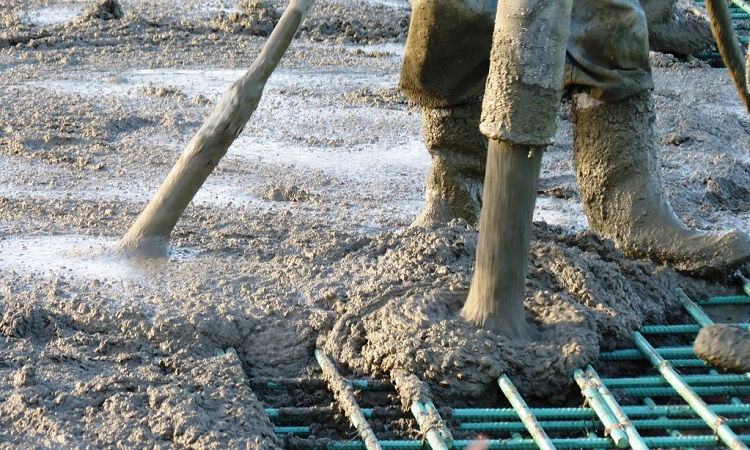
Removing Portland cement in Barking
As part of our objective to build an environmentally friendly buildings, the 12 Thames Road residential project in Barking has made use of concrete constructed from GGBS (Ground granulated blast-furnace slag) cement in piling works and ground works, including slab. An impressive 68% of the usual concrete mix was replaced with this sustainable alternative. GGBS requires less than a fifth of the energy in manufacture and produces less than a fifteenth of the carbon dioxide emissions. Concrete containing GGBS is also more durable in aggressive environments, reducing the likelihood of thermal cracking and improving the overall quality of the building
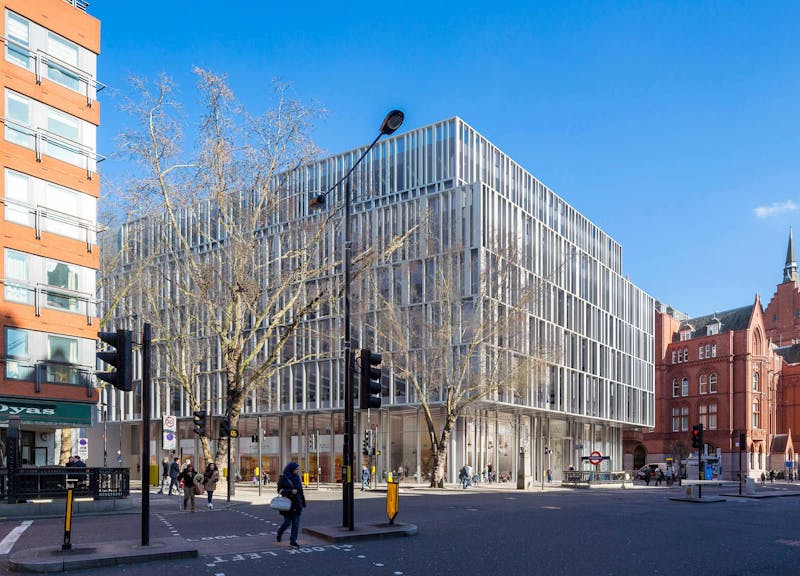
Leading the way at 150 Holborn
Designed by Perkins & Will and delivered by McLaren, the building has been designed to be energy efficient, adaptable to climate change with increase resilience. A high-performing building envelope maximises both daylight and views out during London’s long winters while minimising solar gain. The building’s façade fins have been arranged to provide solidity and reduce solar exposure. The flexible system applied to the external metal fins can be adapted with future needs. The uniformity of the glazing allows for future insertion of natural ventilation. While 150 Holborn was designed as a headquarters building, it has the adaptability to be used as a different type of commercial space in the future. The project will target a number of sustainability measures, including BREEAM Outstanding, LEED Platinum and SKA Gold.
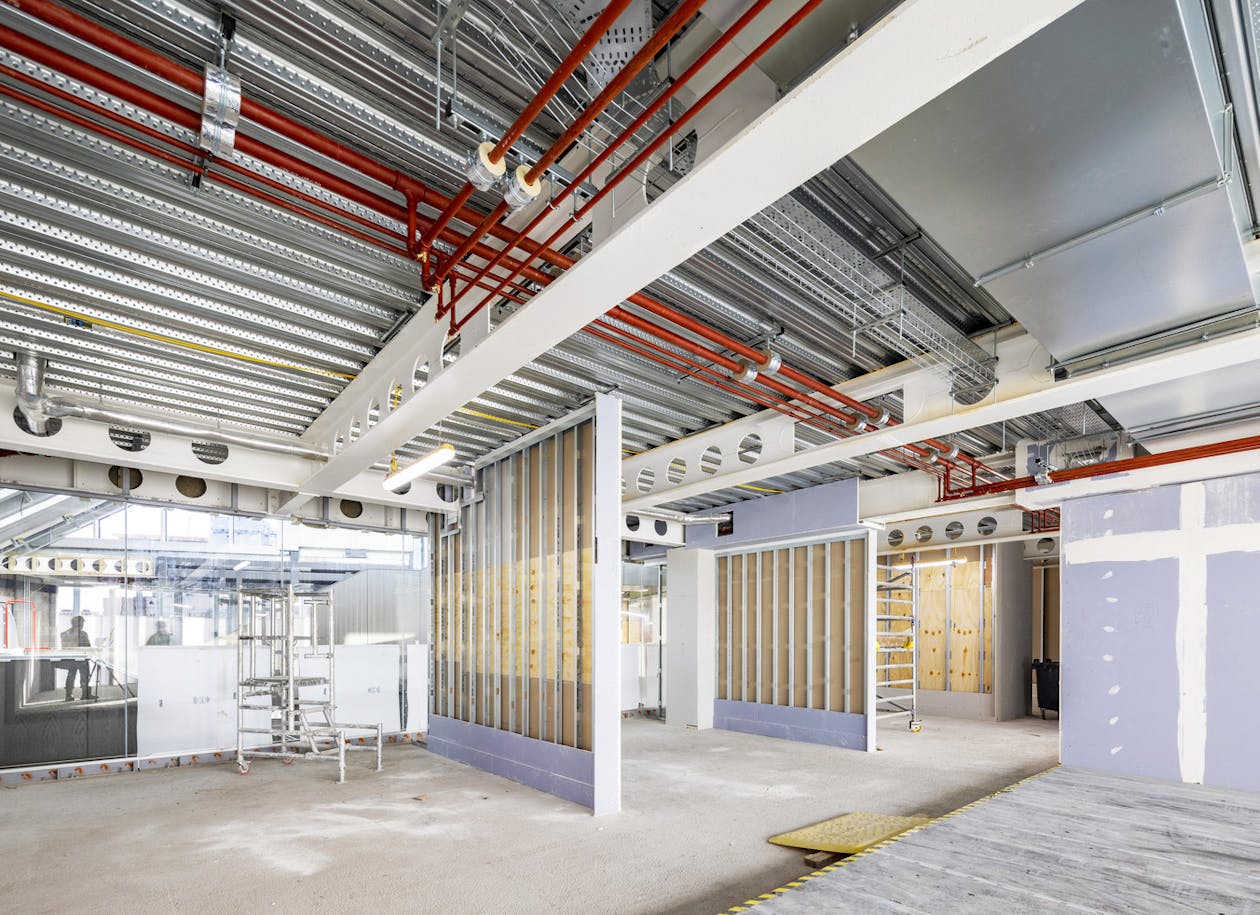
Putting SmartWaste to work
BRE’s SmartWaste software is used across all our sites to monitor and report environmental management. It’s more than just a waste management tool, it allows us to track the use of materials on site plus energy consumption and, most importantly, data reporting.

